non-ferrous metals
non-ferrous metals
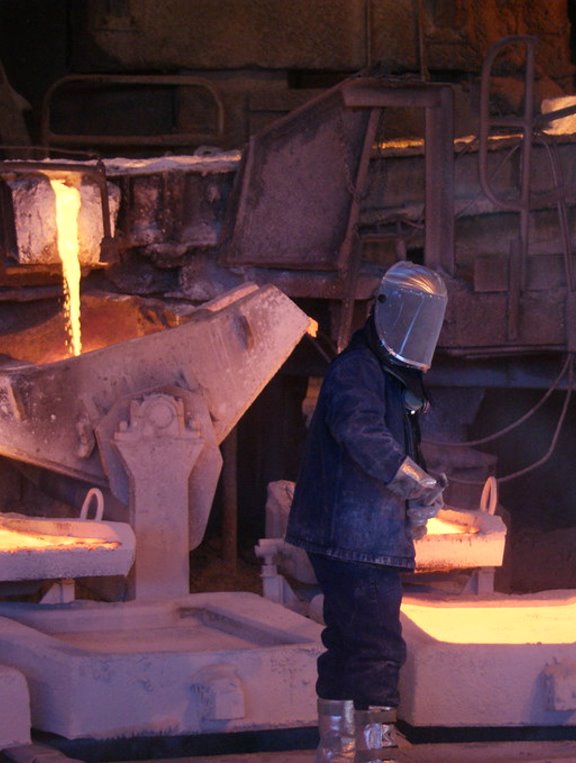
Experts in solutions for copper and aluminum smelters.
Chilean company founded in 1982. Specialists in the fabrication of mold release agents, developed by our team of experts in collaboration with prestigious smelters. We produce high quality products with special properties that stand out from traditional coatings.
 40 YEARS OF EXPERIENCE
40 YEARS OF EXPERIENCE
Vast experience developing high quality products to our customers, contributing and helping them to achieve their improvement goals. We have been supplying Codelco, the world’s largest copper mining company for 40 years continuously.
 STOCK GUARANTEED
STOCK GUARANTEED
Our areas of expertise

Coatings
High-quality mold release agents made of bone ash or barium sulfate, specially developed for different applications and uses among copper and aluminum casting processes, inside medium or large smelters.

Equipments
Automatic coating application system allows to achieve a optimal distribution of the product over mold surface, improving mold protection, optimizing coating consumption and minimizing the risks of human intervention in high temperature areas.

Mixing Tanks
We provide mixing tanks for coating preparation, ensuring the control of the adequate proportions and density to maximize the benefits of the product and its performance in the casting wheel.
+ 1
Years of experience
1 k
Produced tons.
+ 1
Countries
Our Products
Companies that have trusted us






















Frequent questions
The main function of a mould release agent is to release the piece that is being casting, from the mould itself. It can also be used to protect surfaces in contact with molten metal.
Barites are cheaper and easily available, but their operational performance is significantly inferior to bone ash. On the other hand, the consumption rate of barite based coatings is superior, so they could be considered as a less efficient product in general terms.
It is recommended to use water as a solvent, making sure that it has a pH alkaline or neutral. Using waters with acid pH can generate various problems in the mold formation and increase rejection rates. A clear signal from a water with acid pH is the apparition of foam in the mixture with the coating.
Measuring the density of the mixture in suspension. When the density is too low, the anodes tend to stick to the molds and when the density is too high, the anodes increase coating impregnation. It is advisable to vigorously shake the coating mixture at the time of its preparation, as it has a high decantation speed.
It is advisable to distribute the coating mix on the mold surface, taking special care with the mold chest and ears endings. The chest that comes first in contact with molten metal should be reinforce with coating, and the ears finishes on the other hand, need less concentration of coating. To achieve this goal, it is much better to use some automatic application, which allows to better distribute the release agent, to reinforce areas of increased thermal stress and consume the right amount of the product.
The most common reasons have to do with the quality of the coating it’s been used. Also, there is frequent reasons associate with mold quality, coating mix density, the temperature of the molds, levelling, mold copper quality, coating application, and others.


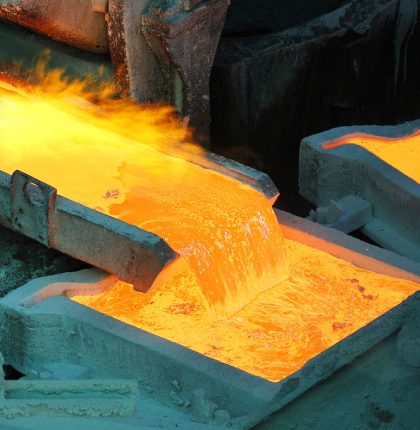
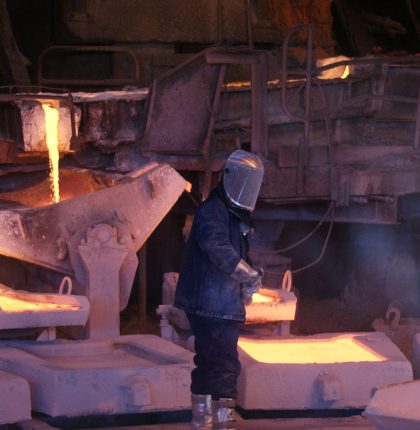
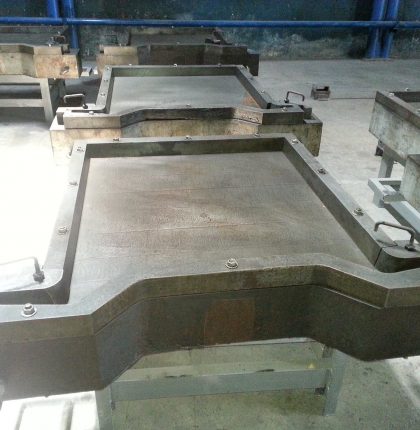
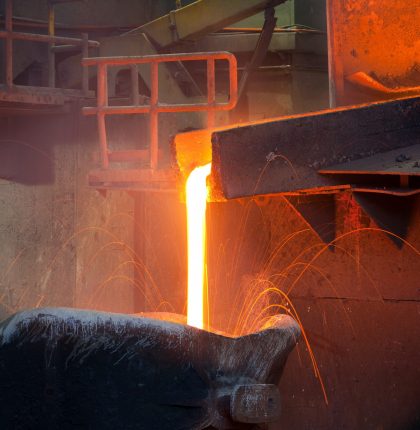
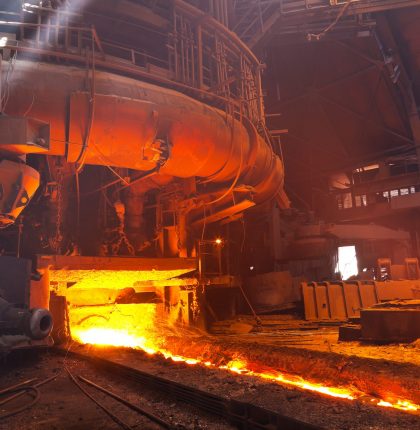
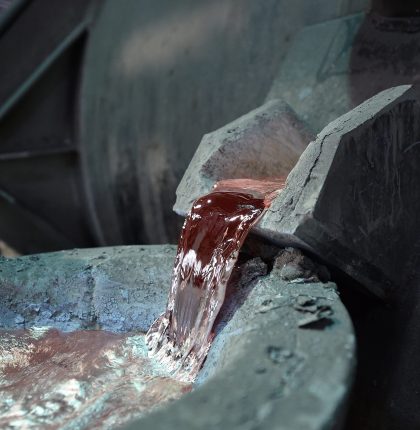
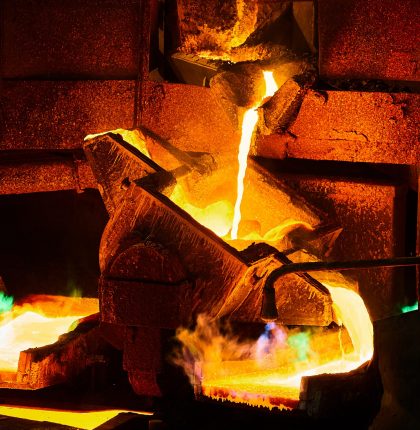
 Online | Privacy policy
Online | Privacy policy